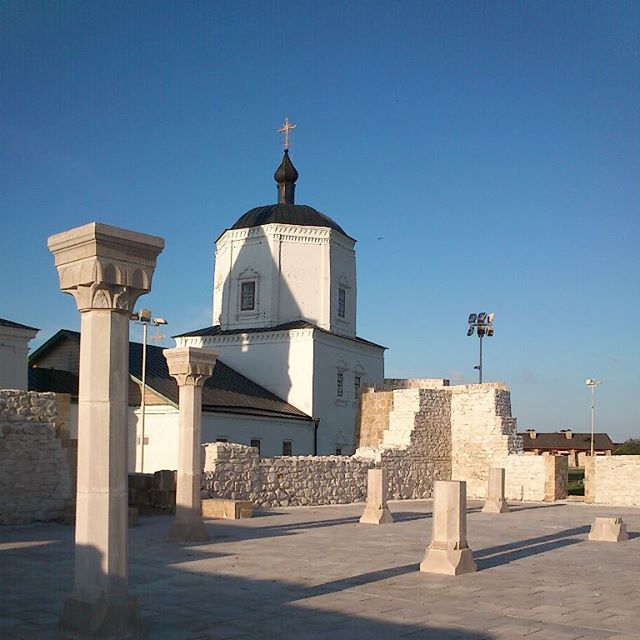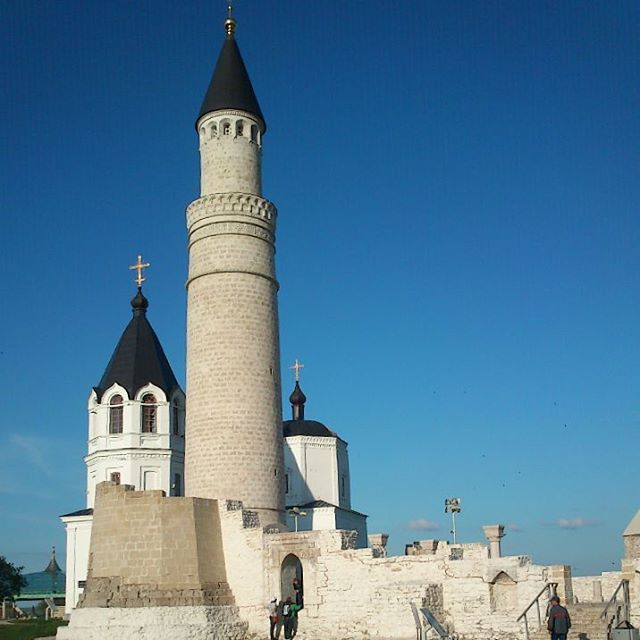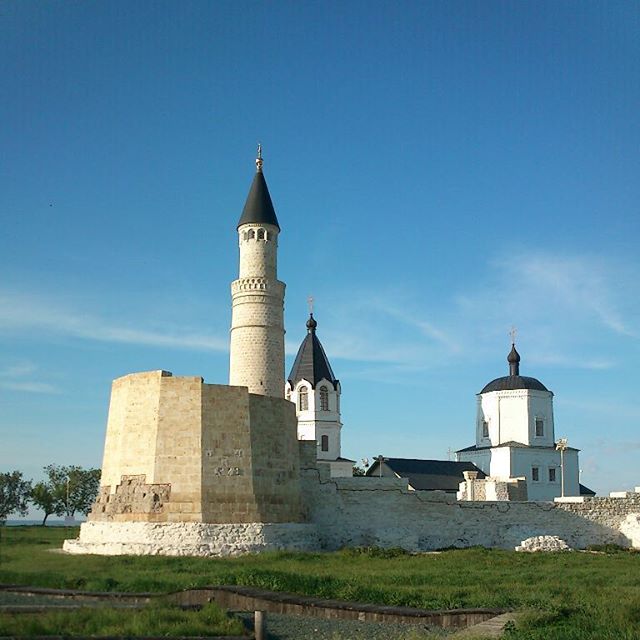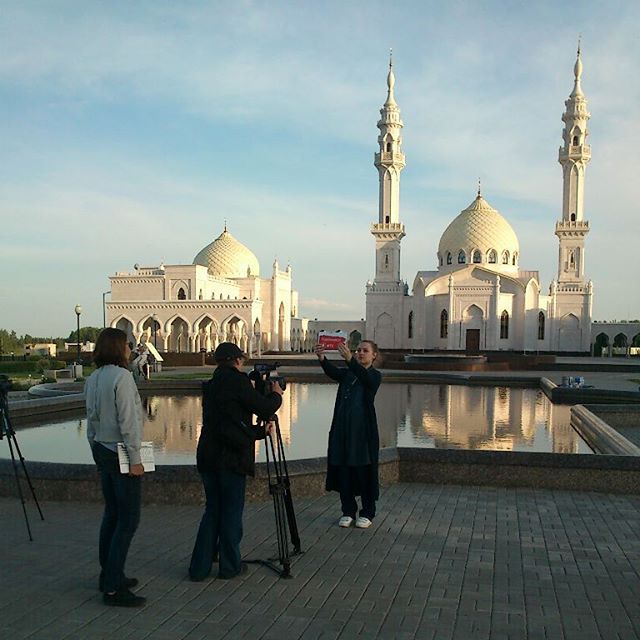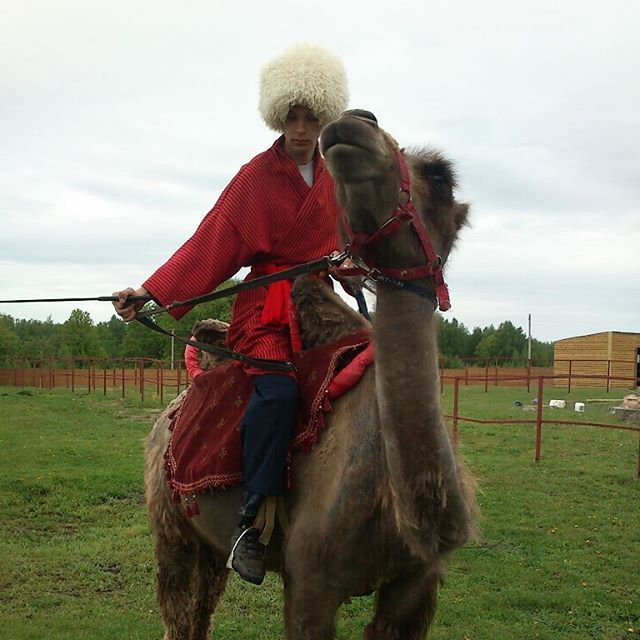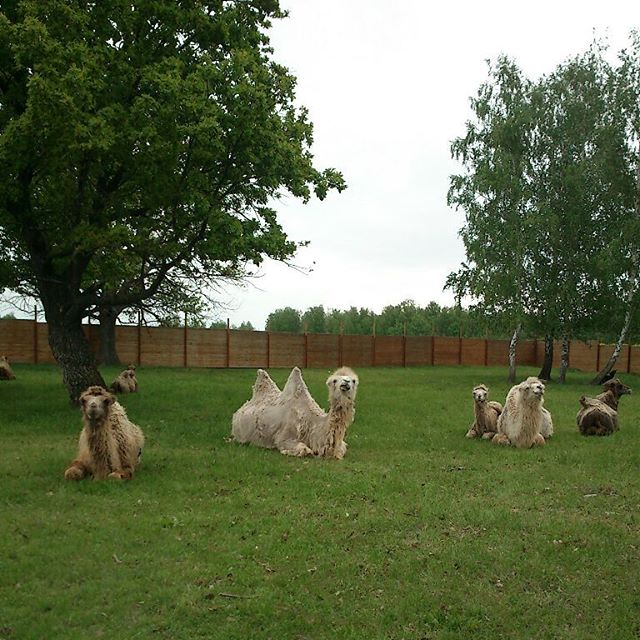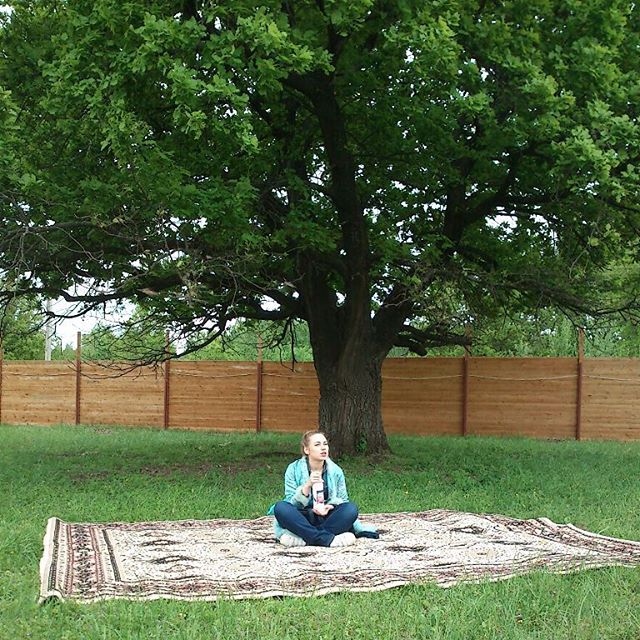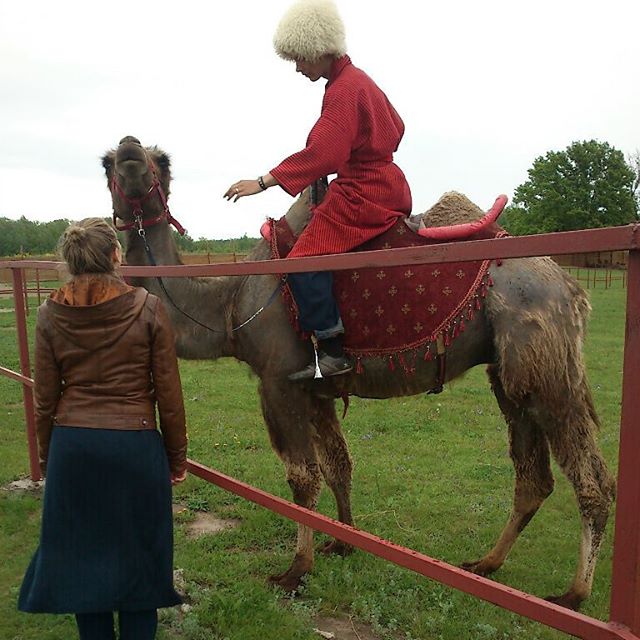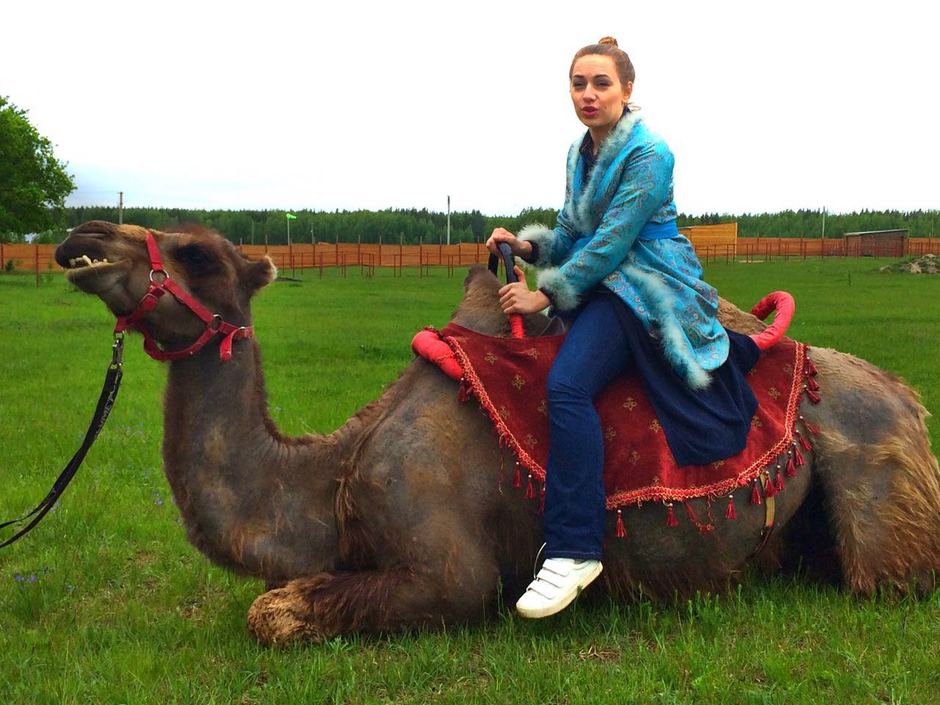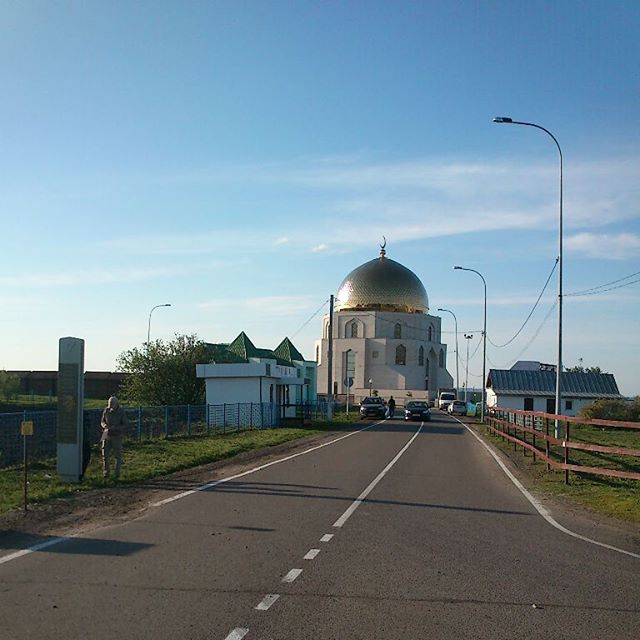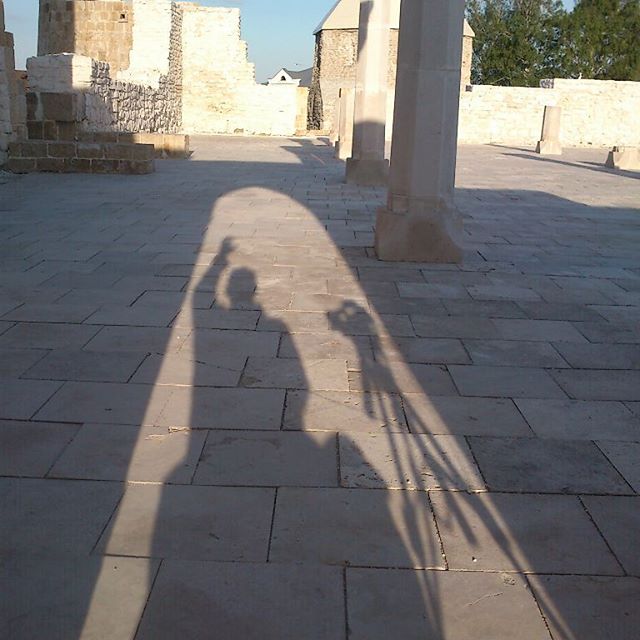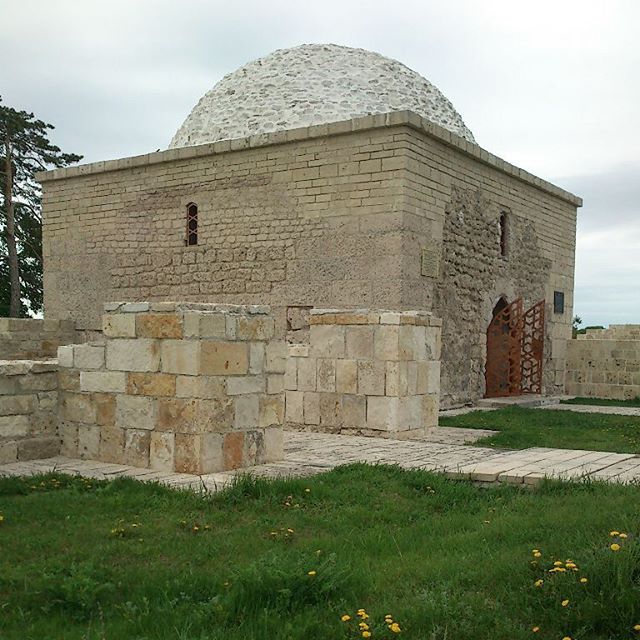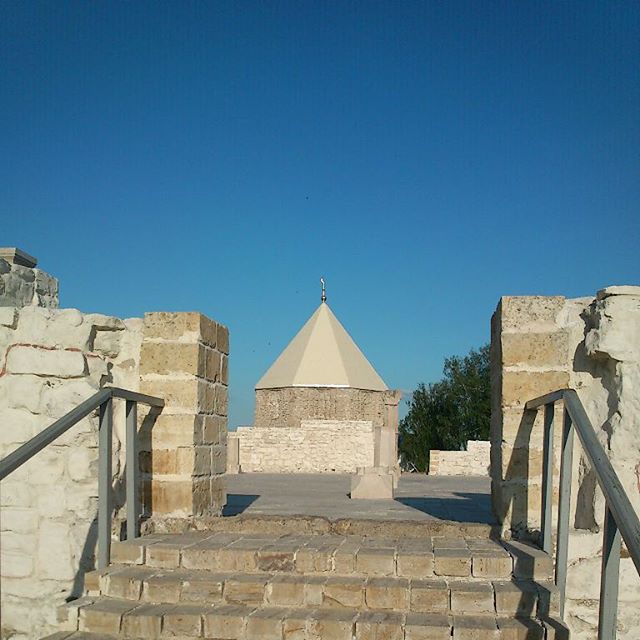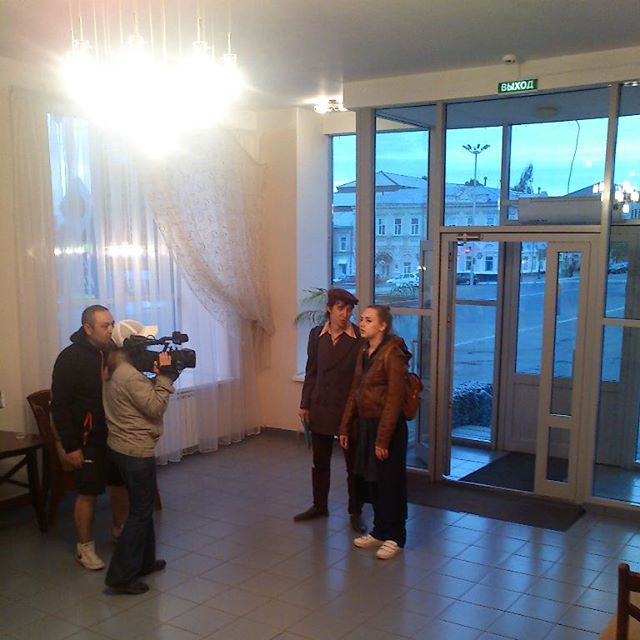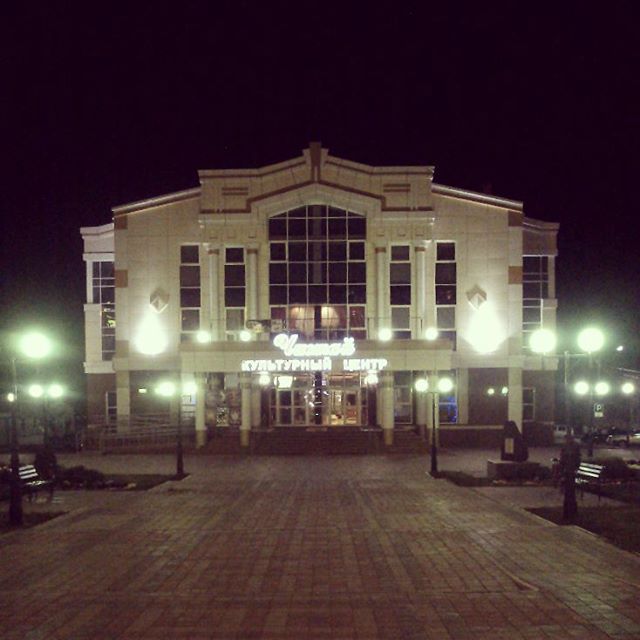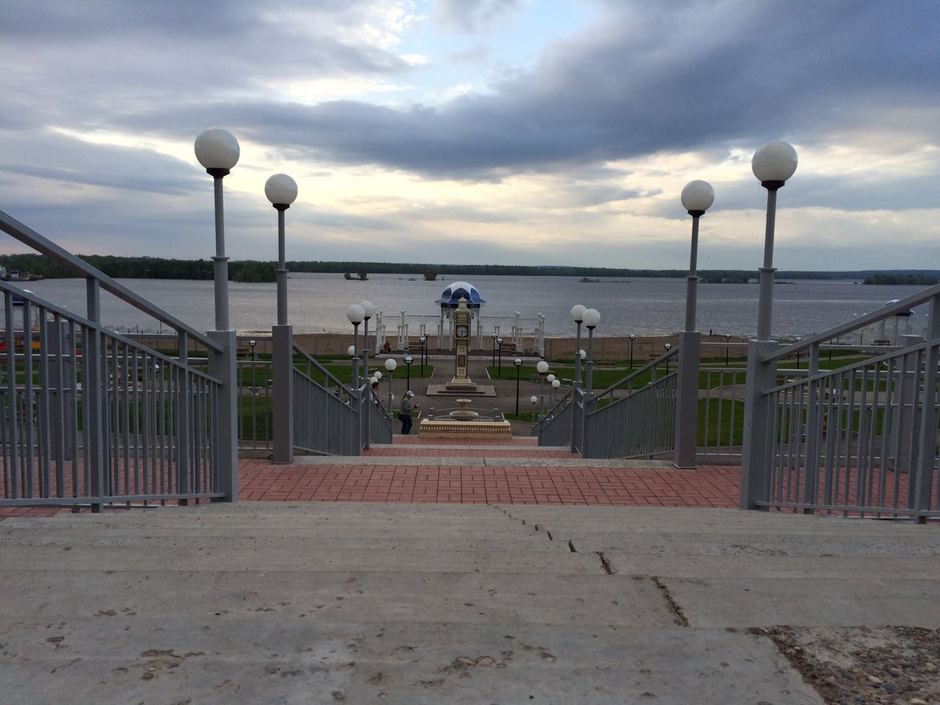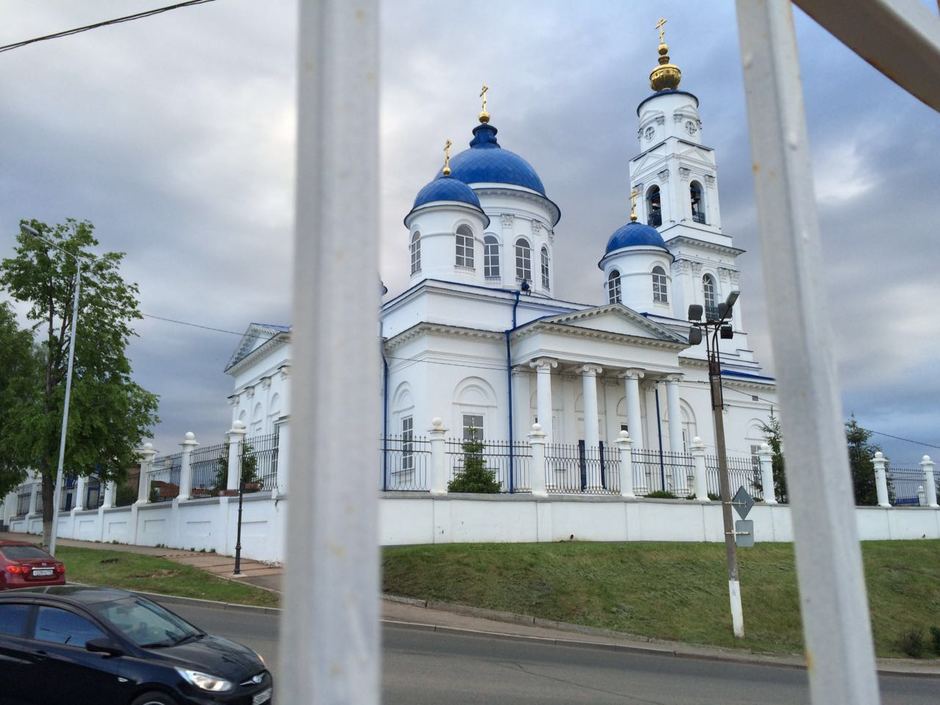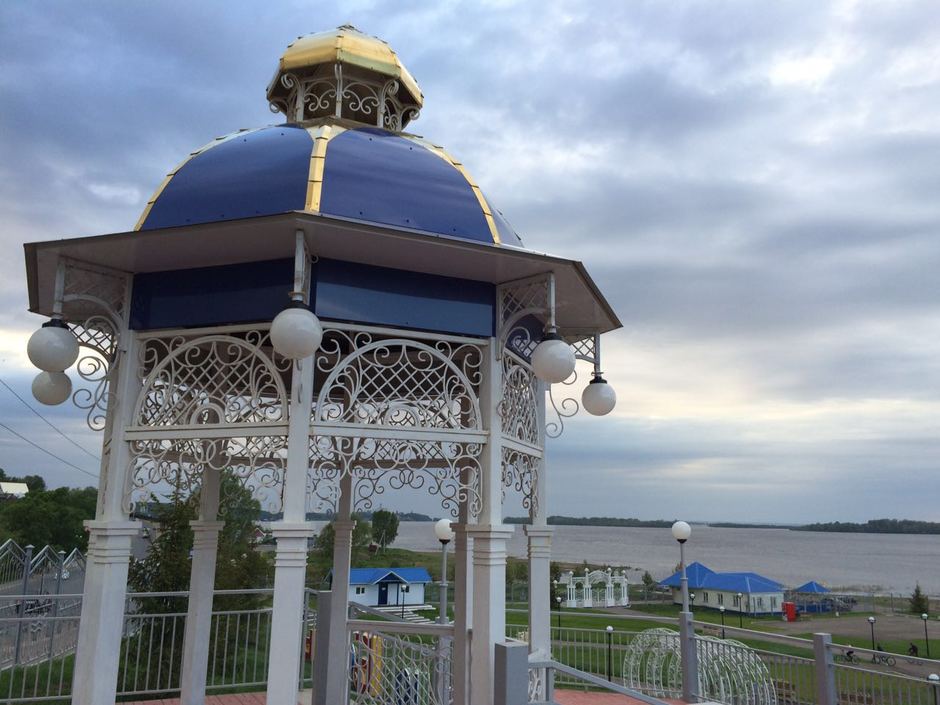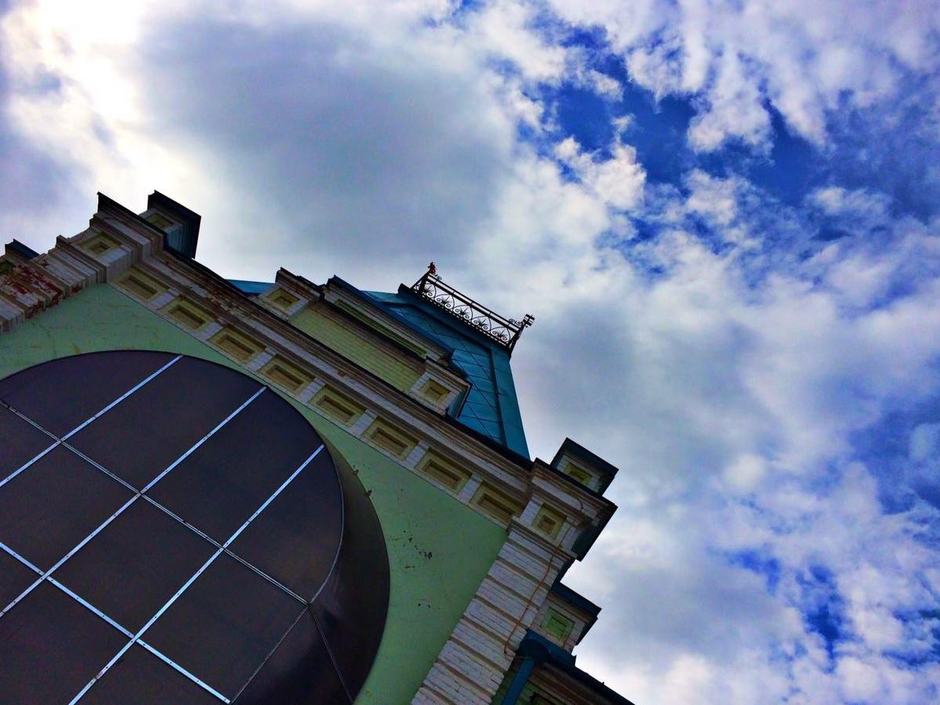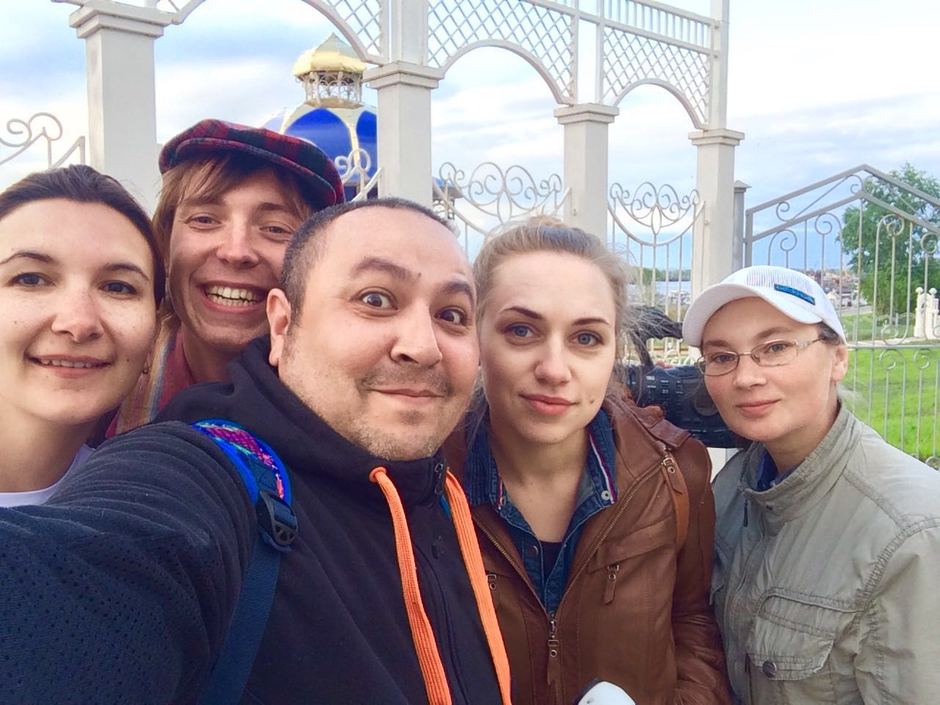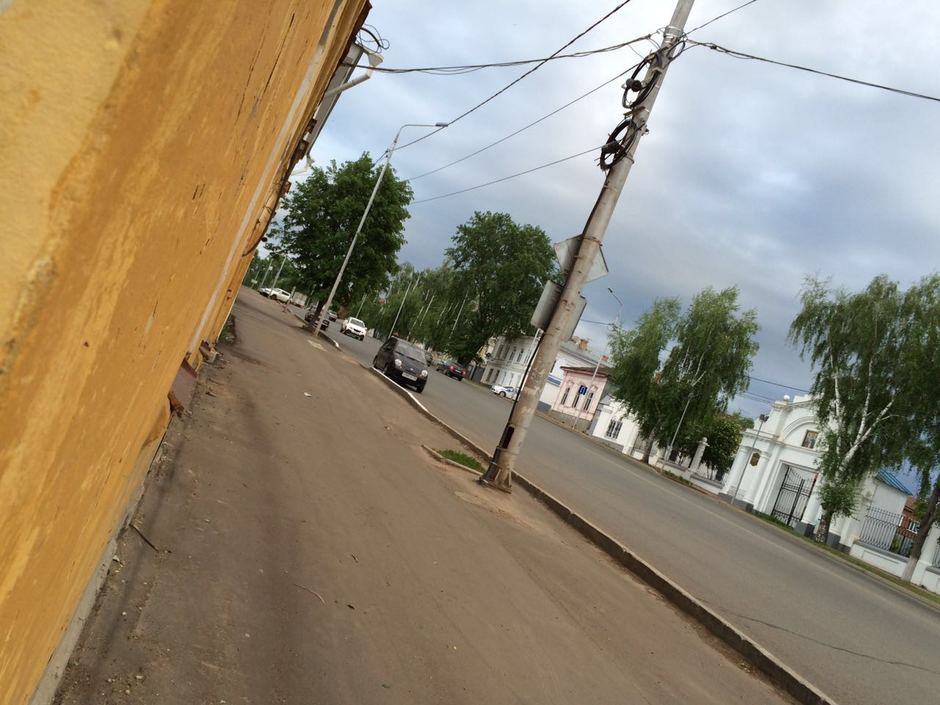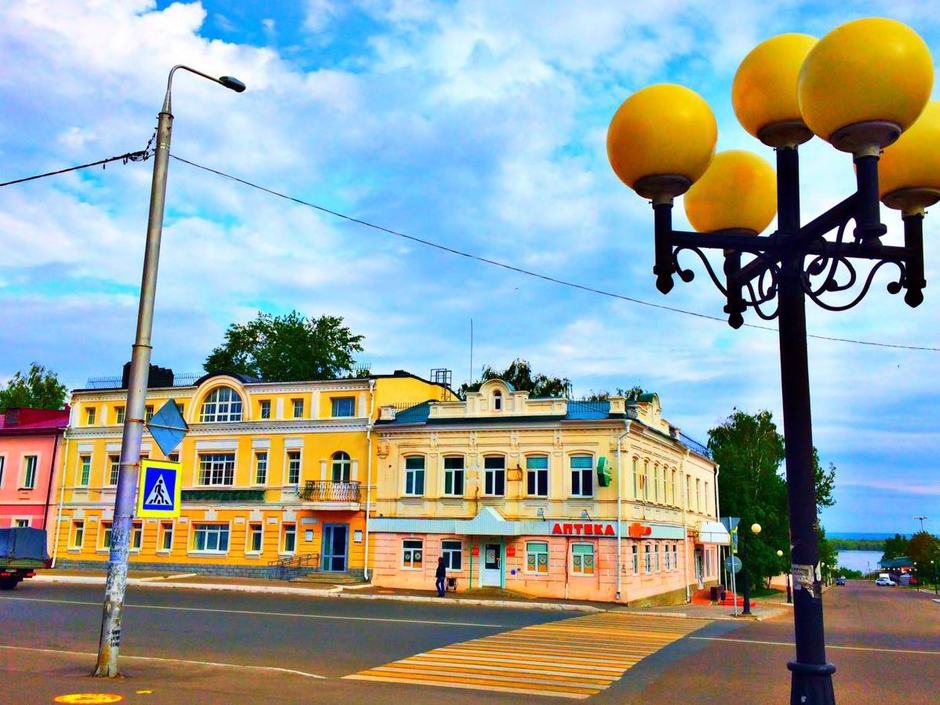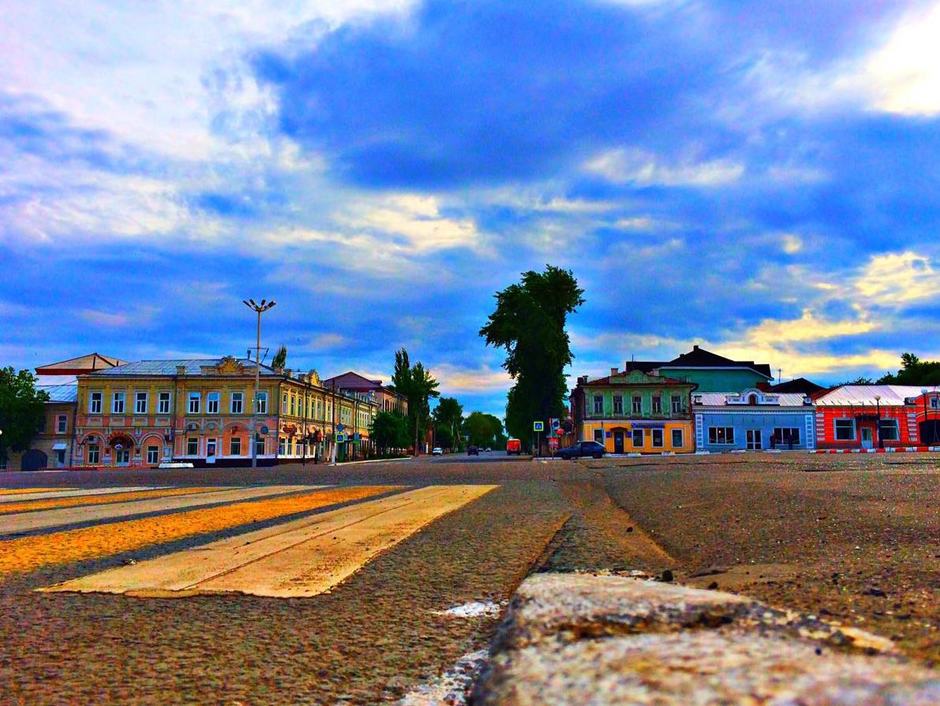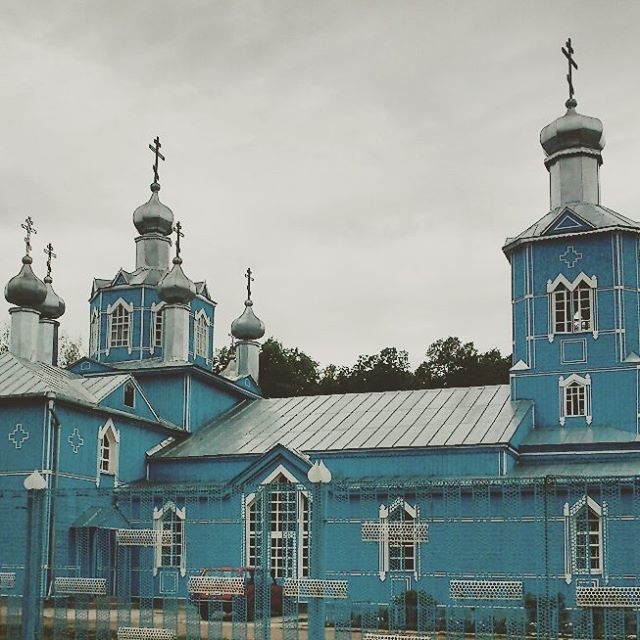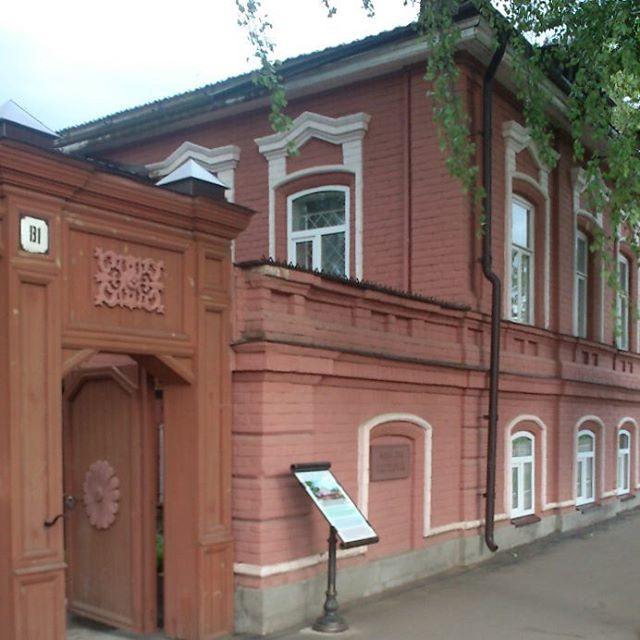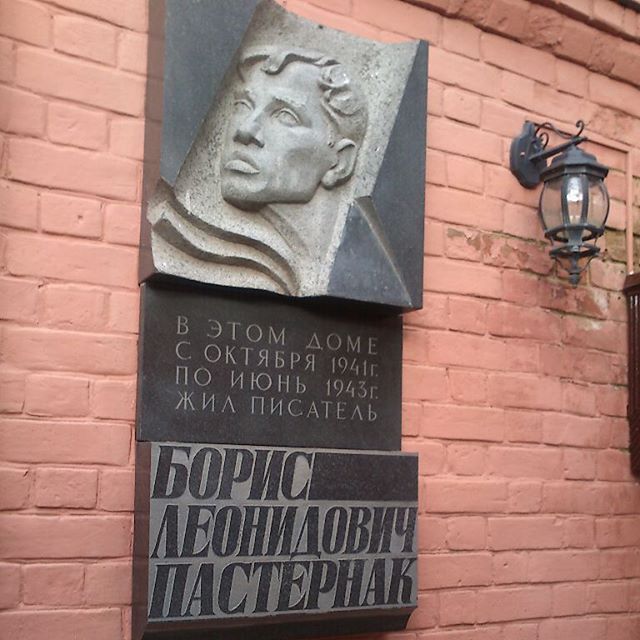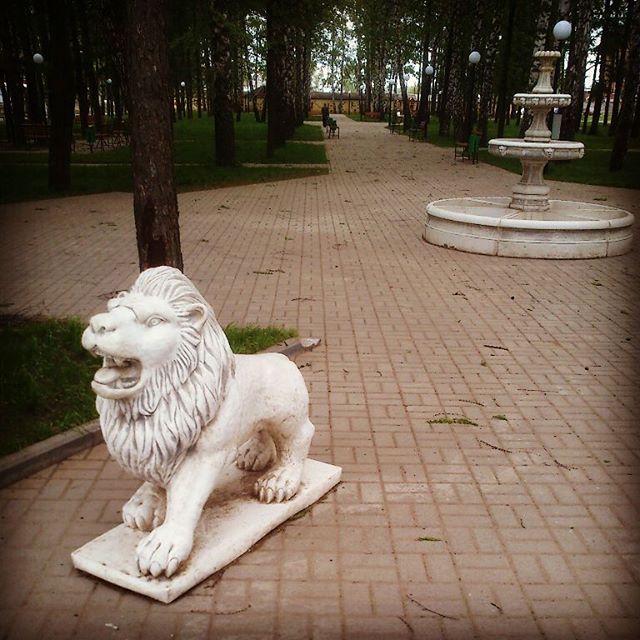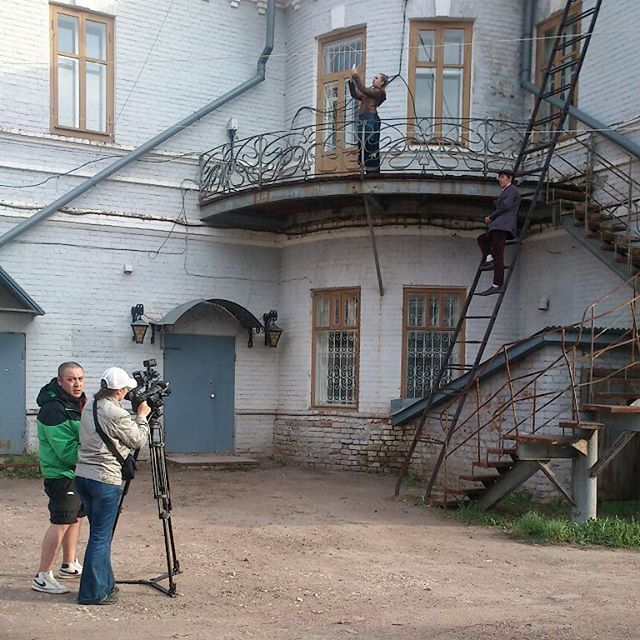Escape from the City: weekend routes in Tatarstan. Day 4. From Bolgar to magnificent country
Expedition of Realnoe Vremya in search of the most interesting things in Tatarstan
Realnoe Vremya online newspaper presents a new project called Escape from the City! We created our own tourist route to travel around Tatarstan. We invited a journalist from Ufa Oksana Mamontova and a historian of engineering Airat Bagautdinov to cover this route. Oksana is looking for emotions and impressions, while Airat is in search of a historical value! They travelled during a week and summed up what they saw every day in order to share their impressions with the readers of Realnoe Vremya.
Chic Bolgar
The fourth day started great. No one of our camera crew has never stayed overnight in Bolgar; it turned out it is a very pleasant thing to wake up in a tourist place where you admire the views from postcards right from your room. It was simply pleasant to go for a walk yesterday in evening Bolgar that became empty because tourists left it and watch the sunset. We found all we needed in the hotel. But if you have not visited Bolgar in recent years, you will be surprised with the number of cafés and restaurants that have opened here recently.
We got Bolgar on 20 May on the eve of a big celebration called Izge Bolgar (Holy Bolgar) dedicated to the adoption of Islam in 1127. The hotel was 100% full. A great number of pilgrim tourists were expected here. By the way, one of the most noticeable constructions – Memorable Sign – dedicated to the adoption of Islam in Bolgar opened in 2012. It looks strange because it sticks out among ancient facilities. Nevertheless, it is one of the central points of interest visited by tourists. Tourists are offered over 13 points to look at with more than 20 landmarks from a very big and beautiful the Bolgarian Civilisation Museum (on the mooring) to workshops where one can buy souvenirs and participate in masterclasses. The most pleasant thing in Bolgar is that all landmarks are available for visiting. So, you can visit minarets and have a bird's eye view of Bolgar.
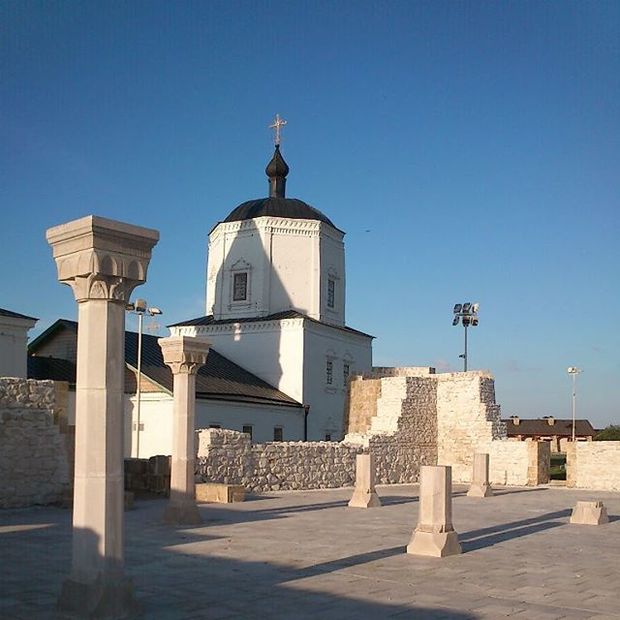
Even if we were accompanied by the director of the museum-reserve Dzhamil Mukhametshin who has great experience, we just got lost: the territory is huge, there are so many points of interest! If you come to Bolgar on your own like we did, use a handbook that was prepared by the Tourist Information Centre of Kazan. It will show where to go first and what is worthy of visiting. An excursion can be booked on the spot; the fullest four-hour one will be 480 rubles per capita. You can also buy an excursion from Kazan to Bolgar from 1,500 rubles (transfer included).
The first settlements on the territory of Bolgar appeared in the 9 th-10th centuries. Remains of earthworks and moats of the 14th-15th centuries and constructions that date back from the Mongolian conquest of the Volga Bolgaria have conserved. Up to 100 architectural landmarks in different states and that have different historical value from the 13th to 18th centuries were found on the territory of the city. The Bolgarian Historical and Archaeological Complex has been included in the UNESCO World Heritage List since 2014.
Our heroes divided into two groups in order to be able to see something. Airat went to talk to Dzhamil Mukhametshin. Dzhamil Mukhametshin turned out in Bolgar right after his graduation from the Pedagogical Institute and fell in love with his place. We asked him what Bolgar he saw, how the historical landmarks looked like. He replied their state has almost changed, only the infrastructure has changed. The road, hotel, simple paths that were tiled – it all made these points of interests available, he said.
But the monuments looked different in the 18 century. Only 9 landmarks conserved by 1969 when Dzhamil Mukhametshin came to the reserve. But Peter I was shown over 70. The tsar was impressed with Bolgar. He issued an order to conserve the city. However, it seems ordinary people were not impressed with ancient facilities and used stones for household buildings.
From a tourist perspective, the most interesting thing is located in the central historical part of Bolgar. Apart from other 11 Bolgarian cities (Bilyar, Dzhuketau, Suvar, Old Kazan, etc.) Bolgar has not only archaeological but also architectural landmarks. Rulers' Palace is almost the first white-stone architectural building on the territory of the future Golden Horde. It has an old dome, a small minaret has conserved. The new part also has many points of interests like Bread Museum, White Mosque and a farm called Camel Kingdom.
Meanwhile, Oksana went to look for impressions to the Camel Kingdom. It turned out the location of this facility in Bolgar was not just a desire to entertain a tourist. Marina Rudolfovna who easily manages the farm and tells interesting stories about camels, the animals who have incredible habits and even principles, told during the activity of the famous trade route, caravans stopped here to recover and continue their trip. An excursion to the Camel Kingdom is 150 rubles for adults. There are also souvenirs and milk.

Literary Chistopol and Vostok Watches
Our way from Bolgar could lead to Bilyarsk — the famous place during the times of Volga Bulgaria. But now forgotten by tourists. Unfortunately, we also had to sacrifice that place.
We went further — to Chistopol, the town that receives fewer tourists than, for example, Elabuga, with which it is often compared. However, the tourism potential is clearly no less. Chistopol, as well as Elabuga — two huge layers of history reflecting the Bulgarian period and close and understandable for us way of merchant life of the XIX century.
On the way, Oksana was communicating in social networks and watching movies all the time. Although we, of course, wanted to take her phone and the tablet away, she used the Internet without any loss for the account with the tariff 'Smart non stop' just for 350 rubles per month. We called to Moscow and Ufa on the phone numbers of MTS, watched videos on the Internet at nights and spent 10 GB during a day. Upon the arrival we were upset only with one thing — if our trip took place in June, with the tariff ' Smart Bezlimitishche' we could have seen more movies with absolutely unlimited Internet!
In Chistopol, the staff members of the Chistopol Museum Reserve were waiting for us, people who are really working hard in order thousands of tourists rushed to Chistopol. Today, said Zemfira Khusnutdinova, deputy director of tourism development, the city receives about 40 thousand people annually.
After Bolgar, we decided not to go to Dzhuketau, because a regular tourist would not understand the archaeological monument without a guide historian. But if you want beautiful views of the Kama River — you should definitely visit Dzhuketau.
The remains of the medieval town Dzhuketau preserved in the form of the settlement and unfortified settlements with burial grounds. From the floor side of the settlement, there are remains of fortifications in the form of three high earthen ramparts and two deep ditches between them.
Today Chistopol is primarily a literary reserve. During the Great Patriotic War, 24 thousand people were evacuated here, when the number of residents was 23 thousand people! Especially notable were the writers and poets from Moscow and St. Petersburg: in 1941, in Chistopol there were evacuated the writers of the Soviet Union and the town became a literary capital of the country. Anna Akhmatova, Nikolay Aseyev, Arseny Tarkovsky, Konstantin Paustovsky, Aleksandr Fadeyev, Leonid Leonov, Mikhail Isakovsky came to Chistopol; as well as the family of Vasily Grossman, Konstantin Fedin and Aleksander Tvardovsky, Ilya Selvinsky.
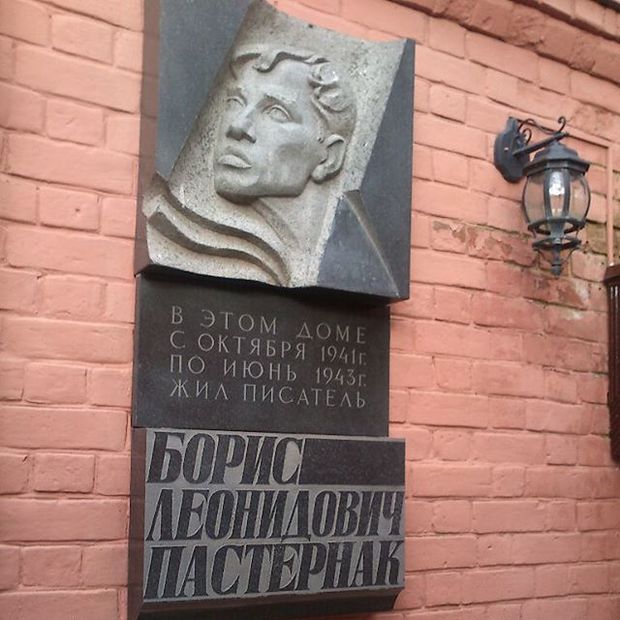
One of the most famous residents in those years was Boris Pasternak, who in Chistopol wrote 'Winter night' and changed the idea of 'Doctor Zhivago'. We were completely imbued with the ambience of a military Chistopol in the Memorial Museum of Pasternak, where he lived in a small room. If you visit the Museum, find the opportunity to talk with the head of the Museum Lubov Demchenko.
Aleksander Gladkov, a playwright, described how the city changed with the arrival of them, fashionable evacuated Muscovites: 'The small ordinary town with the arrival of evacuated Moscow and Leningrad citizens took a peculiar form. The writers made the special shade to it… In fashionable coats and velour hats, they wandered the streets, fermented with solid Russian mud like in the corridors on the Vorovsky street. It was impossible not to meet them 2-3 times in a day.'
We were fortunate to meet there a Spanish tourist, Miguel Blázquez, who at the invitation of his friend-collector came to Chistopol for a couple of hours. 'It is wrong to visit Chistopol and do not visit the city where Vostok Watches is,' he said. As it turned out, Miguel is also a collector of Soviet watches, and the collection includes more than 100 watches. And he knows about Pasternak too. 'Remember the movie 'Doctor Zhivago'? It was filmed near Madrid,' enlightened us Miguel.
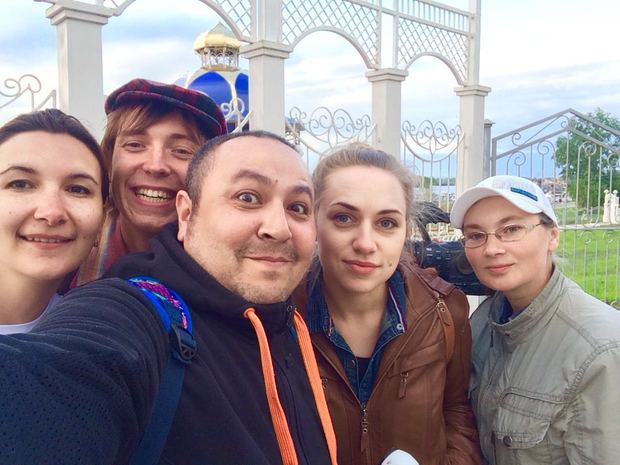
That moment Oksana was visiting Vostok, admired by the foreigner. Of course, the factory no longer has the former greatness. The number of produced watches has decreased dramatically. But Vostok has not ceased to be a great factory. We could not help but visit it. If you come to visit it as a tourist a tour of the factory can be arranged by appointment. Just don't make our mistake: factory shifts start early and therefore finish around 4 PM, come on time.
The residents of big cities love Chistopol as well as the poets and the writers-Muscovites loved it. The remaining provincialism touches them, says Zemfira Khusnutdinova. During the time that we were in Chistopol, we had the impression that the tourism infrastructure is not sufficiently developed. There is everything you need but no diversity. The biggest problem, it seemed to us, is a small number of hotels (in fact, we chose between a hotel and a country base). Although, maybe it is the lack of tourist noise makes Chistopol special. Day, night and especially on Saturdays it is a town of entertainment and races on the main street, which the youth in every village loves.
The next day we spent in the city of Chistopol's opposite — young and restless. About it — next week.
